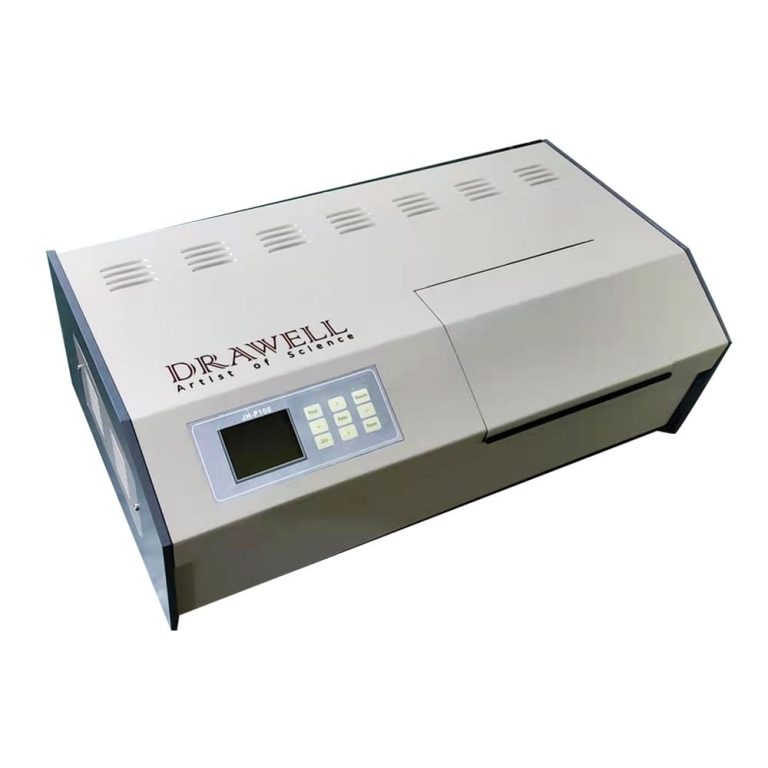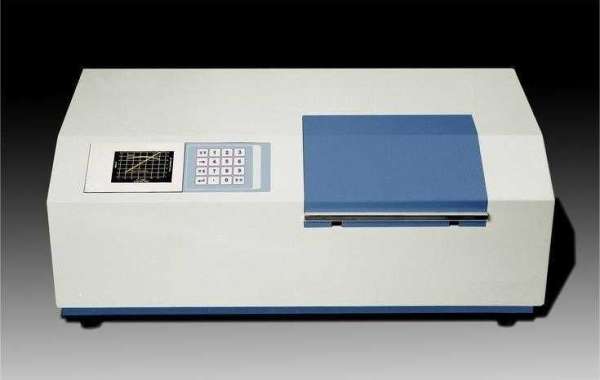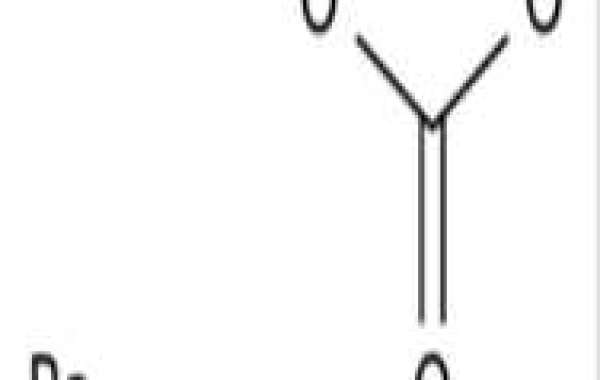Polarimeters are indispensable instruments in various industries for measuring the optical rotation of optically active substances. By quantifying the optical rotation of a sample, one can glean valuable insights into its concentration, content, and purity through meticulous analysis. In this guide, we'll delve into the principles of polarimeters and eight crucial considerations to bear in mind when buying one.

Principles of Polarimeters
Polarimeters function by manipulating polarized light. Initially, natural light is transformed into plane-polarized light as it passes through a polarizer. When an optically active substance is introduced into this polarized light, it causes the angle of the light to rotate either to the left or right by a specific degree. The rotated polarized light subsequently passes through an analyzer grating, requiring the analyzer to be adjusted to a certain angle to yield a bright light at the eyepiece. This angle of rotation represents the optical rotation of the substance being tested.
Eight Key Considerations When Buying a Polarimeter
Industries Using Polarimeters: Polarimeters find wide applications in the food, chemical, pharmaceutical, flavor, and fragrance industries.
Important Purchase Indicators: The primary indicators to focus on when purchasing a polarimeter are accuracy and repeatability. The sensitivity of the instrument can be gauged by sample transmittance, with a transmittance of 1% indicating relative sensitivity. For temperature-controlled polarimeters, precision in temperature control is crucial, and if it falls short, a water bath can be employed for control.
Sodium Lamp vs. LED as Light Source: Both sodium lamps and LEDs can be used as light sources for polarimeters. While sodium lamps have a limited lifespan (50 to 200 hours), LEDs boast a considerably longer life of over 5,000 hours and are more cost-effective when compared to sodium lamps. LEDs can also be tuned to match the 589.3nm wavelength of sodium lamps.
Samples Requiring Temperature Control: Temperature affects the optical rotation of all substances. While some substances have predefined temperature coefficients (e.g., sugar), others lack them, necessitating precise temperature control. Compliance with Good Manufacturing Practices (GMP) also dictates strict temperature requirements.
Benefits of Automatic Calibration: Polarimeters equipped with automatic calibration functions ensure continuous instrument performance monitoring and prompt adjustments, ensuring optimal functionality.
Measurement Modes: Polarimeters offer four primary measurement modes: optical rotation, specific rotation, concentration, and sugar content. Some advanced models allow users to effortlessly switch between these modes, eliminating the need for complex calculations.
Calibration Frequency: Calibration frequency should align with usage and accuracy requirements. Users can choose to calibrate weekly or monthly, or even daily using a quartz standard polarimeter if a specific angle of measurement is consistently employed.
Environmental Impact: Maintaining a stable room temperature around 20 degrees Celsius is advisable, even when conducting temperature-controlled measurements. The optimal working environment for polarimeters typically falls within the range of 15-25 degrees Celsius, as significant temperature variations between the ambient and testing temperatures can lead to inaccurate results.
In conclusion, a thorough understanding of the principles of polarimetry and careful consideration of the factors outlined above are essential for making an informed decision when purchasing a polarimeter. This versatile instrument plays a pivotal role in various industries, aiding in precise measurements and quality control processes.








